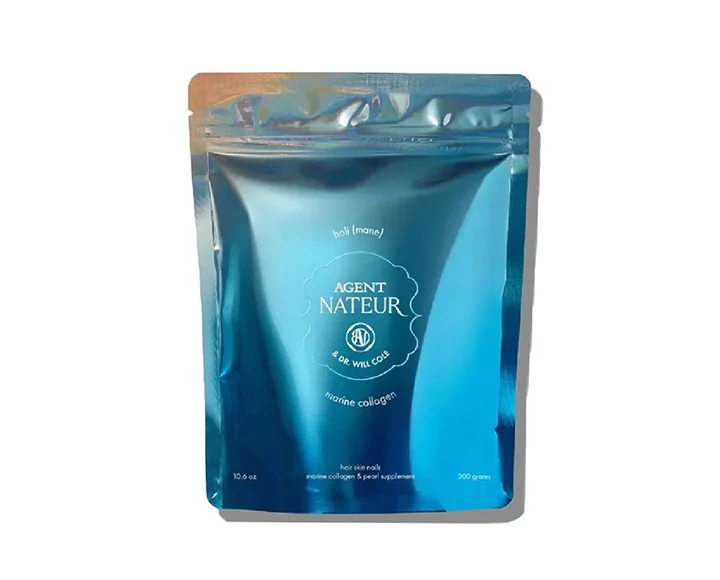Buying healthy crackers for that wine and cheese night shouldn’t require a chemistry degree; buying yogurt shouldn’t leave us completely overwhelmed. But have you ever read a nutrition label?
We go with fresh, whole foods whenever we can, but the struggle is real when it comes to buying anything and everything else that comes packaged. Life calls for all kinds of packaged condiments and other ingredients we can’t snip right off the stem – and a little label reading savvy is absolutely essential for healthy living.
We’ve peeked inside our fair share of fridges and pantries and have picked up these pro label reading tips from the industry’s best pros. Find out what functional medicine doctors, healthy foodies and hormonal experts are looking for when they’re reading labels in the aisle and how they decipher the details…
Dr. Mark Hyman , functional MD | Focus on the ingredient list, not the “nutrition facts” that are mostly designed and developed under huge food industry lobby efforts to confuse and confound your efforts to eat healthy.
Jennie Miremadi, integrative nutritionist | Make sure that each ingredient on the label is a real, whole-food item. If you can’t pronounce an ingredient or don’t know what it is, don’t buy it. Also, watch out for hidden sugar. Just because something is organic, dairy-free or gluten-free, doesn’t mean that it isn’t loaded with sugar!
Laura Wright, The First Mess | Kind of a silly answer, but avoid foods that require label-reading expertise! Whole foods or products that are made entirely from whole foods, are the way to go. I know that this isn’t doable for everyone, but it’s something to strive toward.
Camille Styles, lifestyle blogger| I definitely look for the labels with the fewest number of ingredients, and try to avoid any processed vegetable oils or hidden sources of sugar. And don’t forget to check portion sizes! I used to eat this sorbet all the time that I thought was so innocent, until I realized that the “recommended portion” was only 1 ounce. And I’d been eating about 6x that amount. Whoops!
Ayesha Curry, cookbook author| If it doesn’t sound familiar, try and avoid it! And no high-fructose corn syrup! Yuck.
Dr. Sara Gottfried, hormone specialist | I always avoid endocrine disruptors like BPA and phthalates.
Donna Gates, The Body Ecology | Always buy non-GMO foods (the more we support these farmers, the more they can continue to produce organic food!) Watch out for MSG – commonly found in processed foods – bad fats, artificial sweeteners and high-fructose corn syrup. Make sure you are looking out for the body-ecology approved oils – no vegetable oils.
Heidi Swanson, cookbook author | Back it up even one step further, and try to minimize the amount of products in your kitchen that have labels. Or go for single-/minimal-ingredient labels – all things you recognize, and recognize as real food.
Linda Wagner, nutrition coach | Avoid anything “free.” It is not free, it is loaded with chemicals
Sophie Jaffe, Philosophie| Minimal ingredients you can pronounce. Period.
Holli Thompson, health coach| I steer away from most things with labels, but for sure labels that are too long are kicked to the curb.
Danielle Chang, LUCKYRICE | If I don’t recognize 75% of the ingredients, I usually pass.
Mimi Kirk, raw food guru| Read them, always! Stay away from GMO and processed foods. You can save a lot of time not reading labels by shopping in the produce department. Look for organic produce, if the PLU sticker starts with a 9 then it’s organic. Don’t be fooled by the words ‘natural,’ or ‘gluten-free’ without reading the ingredient label. If you can’t pronounce an ingredient, don’t buy it. If it has a list of more than five ingredients, don’t buy it.
Lola Berry, nutritionist| Forget the numbers and anything you can’t read… you should understand everything you are buying.
Teighan Gerard, Half Baked Harvest| If you can’t pronounce the ingredient, don’t buy the product. Try to buy mostly foods that do not require labels and make homemade versions of whatever you can! Nut butters and oils should have one to two ingredients max.
Rebecca Lewis, HelloFresh| Check out the serving size and servings per container. This can be tricky! Remember that the calories listed are per serving.
% Daily Values are based on a 2,000 calorie diet: 5% or less is low. 20% or more is high. Look for absolutely 0% of calories from trans fat. Ideally, packages should have less than 300 mg of cholesterol and less than 2,300 mg of sodium.
Look for packages high in vitamins and minerals. Also, choose foods with high fiber: 1 gram of fiber for every 10 grams of carbs is a good standard.













